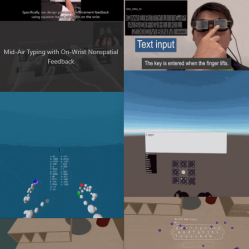As transport infrastructure in Europe moves toward a zero-carbon future, there remain a number of railway lines which have not been electrified. The question of replacing their diesel traction with greener alternatives, and there are a few different options for a forward looking railway company to choose from. In Germany the Rhine-Main railway took delivery of a fleet of 27 Alstom hydrogen-powered multiple units for local passenger services, but as it turns out they have not been a success (German language, Google translation.). For anyone enthused as we are about alternative power, this bears some investigation.
It seems that this time the reliability of the units and the supply of spare parts was the issue, rather than the difficulty of fuel transport as seen in other failed hydrogen transport problems, but whatever the reason it seems we’re more often writing about hydrogen’s failures than its successes. We really want to believe in a hydrogen future in which ultra clean trains and busses zip around on hydrogen derived from wind power, but sadly that has never seemed so far away. Instead trains seem inevitably to be following cars, and more successful trials using battery units point the way towards their being the future.
We’re sure that more hydrogen transport projects will come and go before either the technological problems are overcome, or they fade away as impractical as the atmospheric railway. Meanwhile we’d suggest hydrogen transport as the example when making value judgements about technology.



















